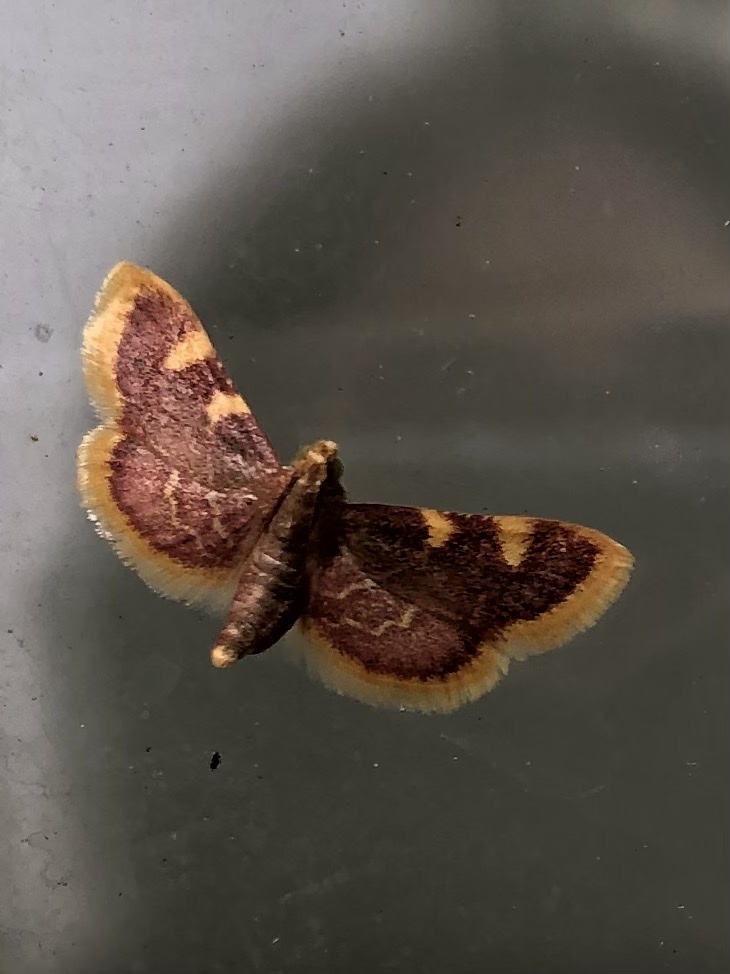Map Snapshot

















51 Records
Description
Compare Yellow-fringed Dolichomia Moth. View Yellow-fringed Dolichomia and Clover Hayworm Moth BugGuide diagrams: Yellow-fringed Dolichomia and Clover Hayworm.
Seasonality Snapshot
Source: Wikipedia
| Hypsopygia costalis | |
|---|---|

| |
| Scientific classification | |
| Domain: | Eukaryota |
| Kingdom: | Animalia |
| Phylum: | Arthropoda |
| Class: | Insecta |
| Order: | Lepidoptera |
| Family: | Pyralidae |
| Genus: | Hypsopygia |
| Species: | H. costalis
|
| Binomial name | |
| Hypsopygia costalis (Fabricius, 1775)
| |
| Synonyms | |
|
Numerous, see text | |
Hypsopygia costalis, the gold triangle or clover hay moth,[1] is a species of moth of the family Pyralidae. It was described by Johan Christian Fabricius in 1775 and is found in Europe. The wingspan is 16–23 mm. The adult moths fly from May to July, depending on the location. The supposed species H. aurotaenialis is included here pending further study.[2]
The caterpillars feed on dry vegetable matter. They have been found in haystacks or thatching, as well as in chicken (Gallus) and magpie (Pica) nests.[3] The caterpillar is injurious to clover hay, and to other hay when mixed with clover. Its depredations can be prevented by keeping the hay dry and well ventilated, as the insect preferably breeds in moist or matted material such as is to be found in the lower parts of haystacks, where affected hay becomes filled with webbings of the caterpillars and their excrement, rendering it unfit for feeding. A treatment is to burn the webbed material and to thoroughly clean the affected location.[4]
Synonyms
[edit]Junior synonyms of this species are:[2]
- Hypsopygia aurotaenialis (Christoph, 1881) (but see above)
- Hypsopygia rubrocilialis (Staudinger, 1870)
- Phalaena costalis Fabricius, 1775
- Pyralis fimbrialis Denis & Schiffermüller, 1775
- Pyralis hyllalis Walker, 1859
- Tortrix purpurana Thunberg, 1784
- Pyralis costalis[1]
- Hypsopygia syriaca Zerny, 1914
- Pyralis unipunctalis Mathew, 1914
- Pyralis ustocilialis Fuchs, 1903
Footnotes
[edit]- ^ a b "Notes on Some Insects of the Season". Retrieved 8 February 2011.
- ^ a b See references in Savela (2009)
- ^ Grabe (1942)
- ^ Rines, George Edwin, ed. (1920). . Encyclopedia Americana.
References
[edit] Media related to Hypsopygia costalis at Wikimedia Commons
Media related to Hypsopygia costalis at Wikimedia Commons- Grabe, Albert (1942): Eigenartige Geschmacksrichtungen bei Kleinschmetterlingsraupen ["Strange tastes among micromoth caterpillars"]. Zeitschrift des Wiener Entomologen-Vereins 27: 105–109. (in German)
- Savela, Markku. "Hypsopygia Hübner, 1825". Lepidoptera and Some Other Life Forms. Retrieved September 22, 2017.
External links
[edit]- Gold Triangle Hypsopygia costalis at UKMoths
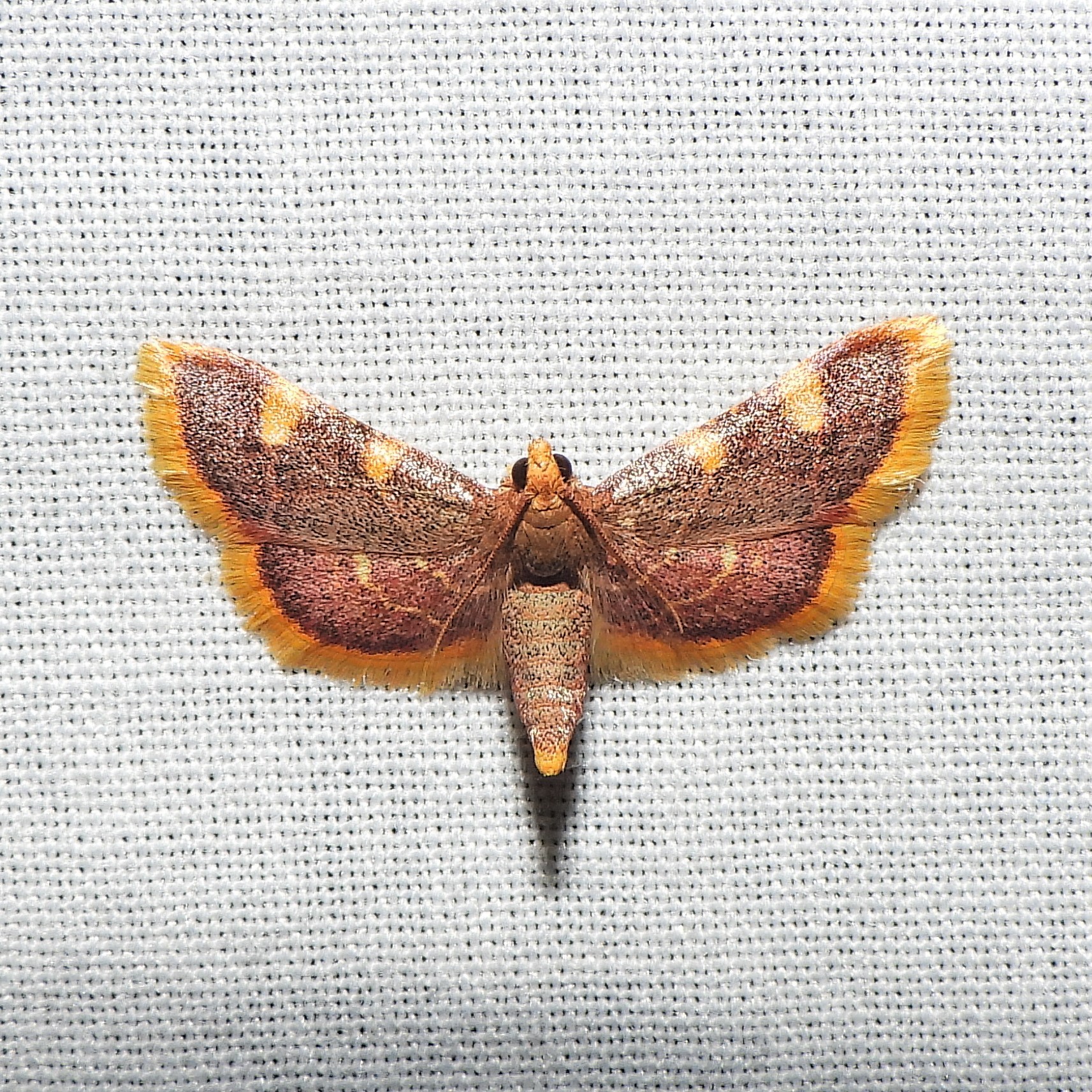
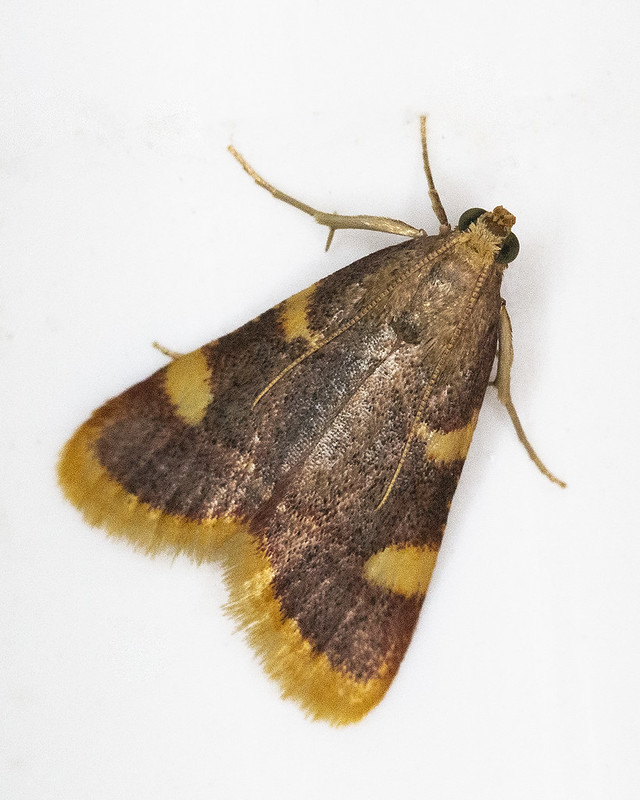
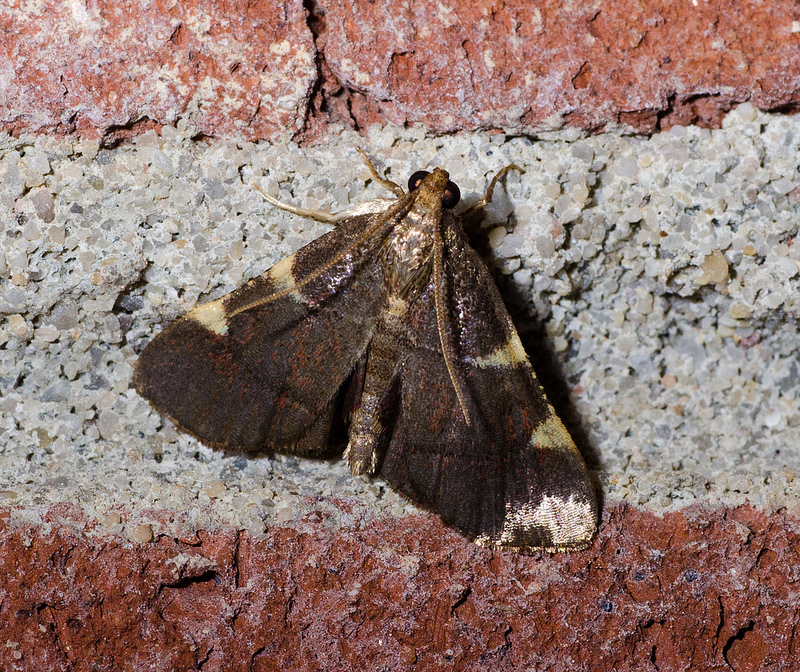
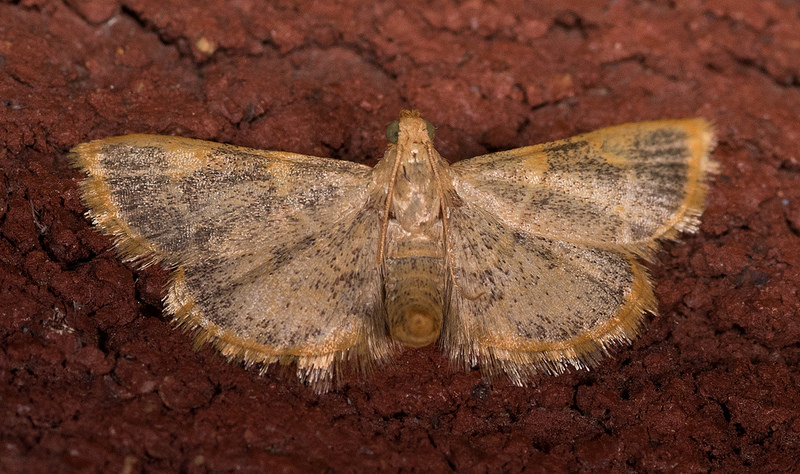
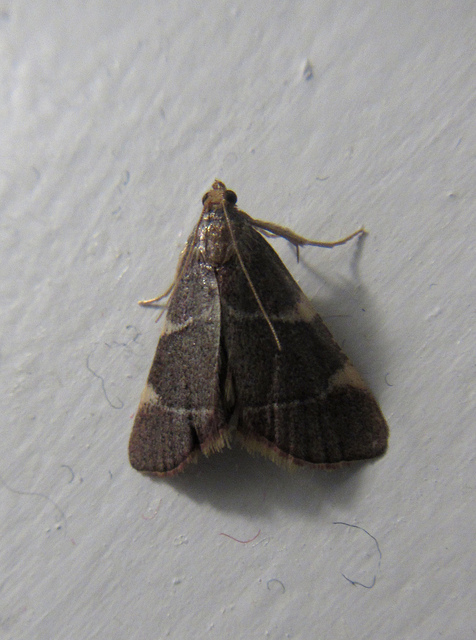
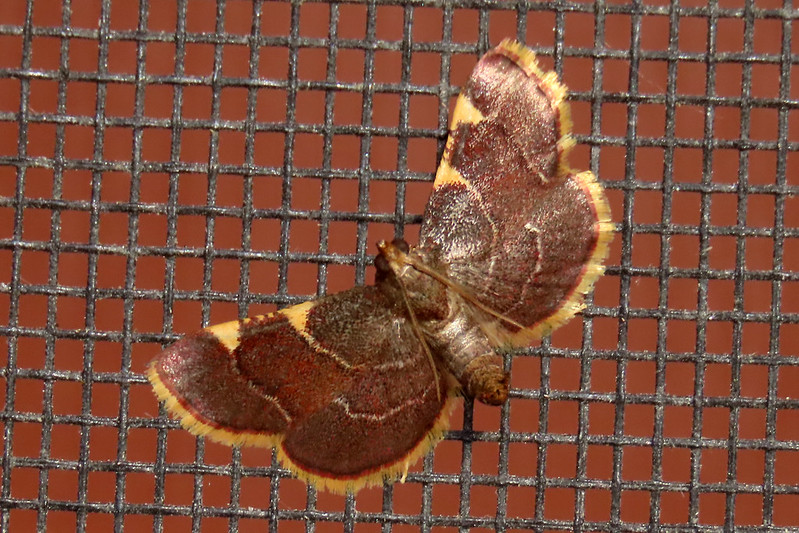
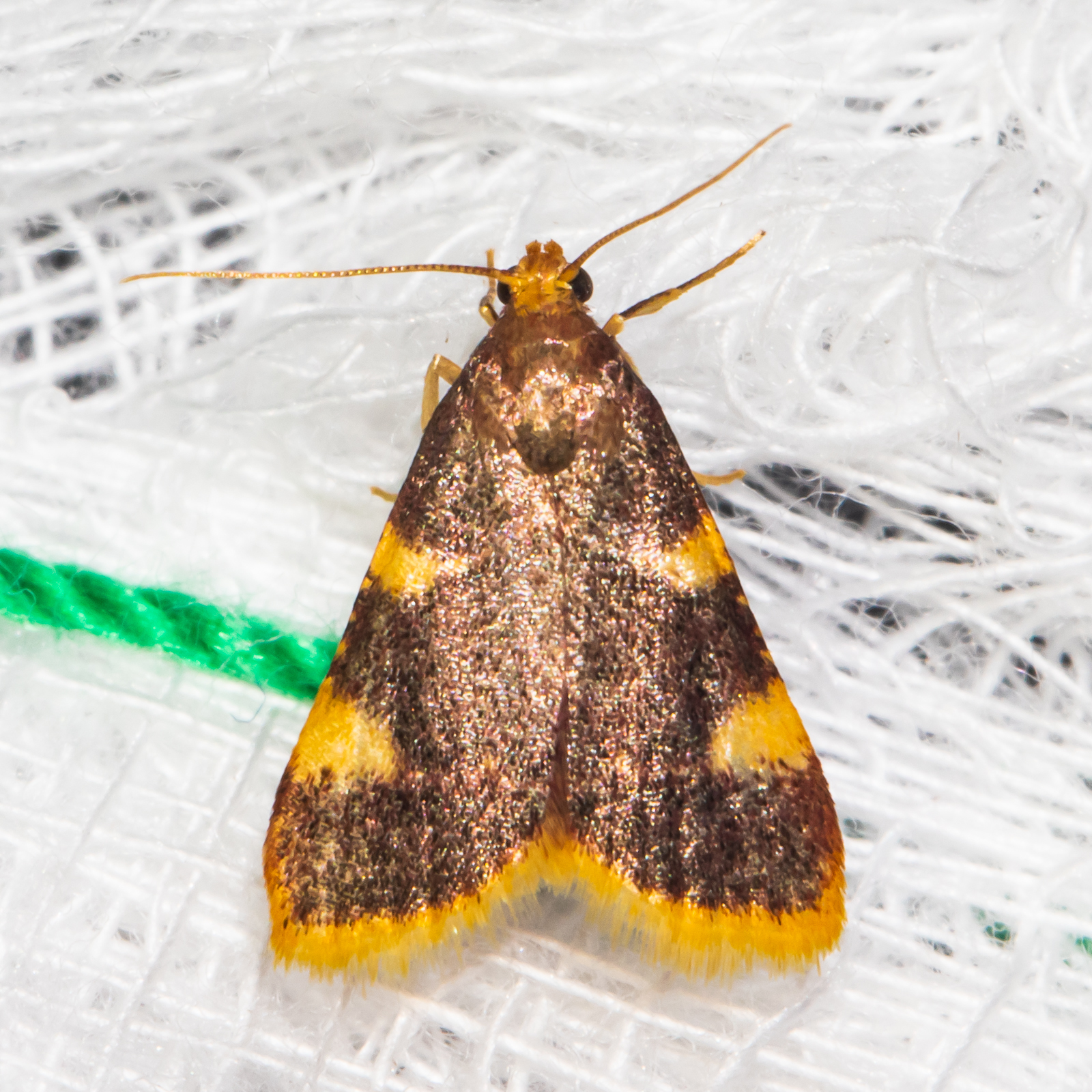
.JPG)

